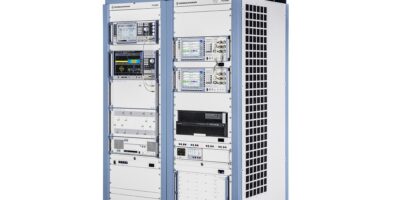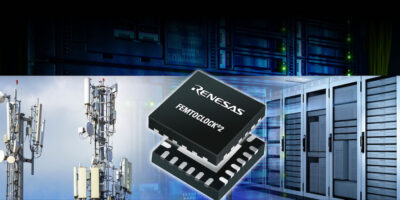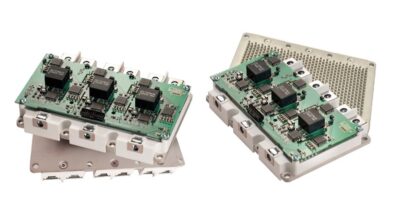Conformance tests are vital for mobile communications technology as mobile network operators worldwide rely on conformance to the Global Certification Forum (GCF) before accepting mobile devices in their networks. Rohde & Schwarz has announced that the GCF has approved the first two radio resource management (RRM) conformance test cases for 5G FR2 frequencies, implemented on the R&S TS-RRM-NR 5G RRM conformance test system.
The test cases have been validated in seven FR2 and LTE band combinations.
The availability of validated RRM conformance tests in both FR1 and FR2 frequency bands is crucial for a successful rollout of 5G NR technology worldwide.
The GCF has officially accepted the R&S TS-RRM-NR as suitable for the 5G RRM FR2 requirements described in the 3GPP specifications. The GCF validation process requires ‘pass’ verdicts of the complete test case performed on two different end user devices. The updated version of the R&S TS-RRM family of RRM conformance test systems has accomplished this for FR2. RRM testing is a combination of several protocol and RF test methods. It is used to determine the reaction time of a mobile phone to changes in signal quality from the available sources, and the time it takes for the device to switch between different signal sources.
The new R&S CMX500 radio communication tester has added 5G NR signaling functions for both FR1 and FR2 to the updated R&S TS-RRM-NR, which now covers LTE, WCDMA, and 5G technologies. The integrated test system is operated by the sequencer software R&S CONTEST and offers high efficiency and precise, reproducible measurement results.
The 5G RRM test cases are also supported by the R&S TS8980, the integrated RF conformance test system supporting mobile technologies all the way from 2G to 5G including FR2.
Rohde & Schwarz has supplied conformance and operator acceptance testing throughout mobile radio from 2G through to LTE.







